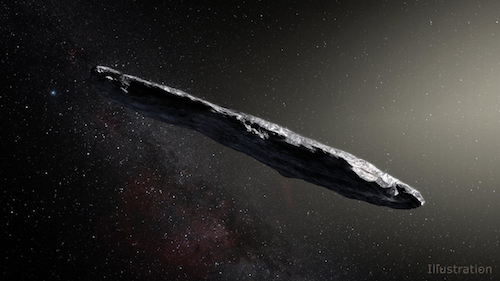THE CELL NETWORK INSIDE YOU
/If I tossed out the phrase “cell network” in a conversation, you’d probably think I was talking about your smartphone. But there are plenty of networks among the living cells of your body that scientists are still learning about. I don’t mean the neurons of your brain that network to process thought and other functions, but the communication among body cells to assist each other in development, coordinate immune functions, and even cry for help.
Scientists have known for a fairly long time that cells can pass information and even “spare parts” via gap junctions (like doorways between adjacent cells) and exosomes (small packets or bundles of material that can be floated over distances), but a newer discovery called membrane nanotubes or more commonly tunneling nanotubes (TNTs) are like enclosed skywalks between buildings. They come in various thicknesses and lengths, apparently dependent on what needs to be transported and how far—from simple chemical signals, to RNA, to actual cellular mitochondria (the energy stations of cells). Even more interesting, these TNTs often seem to form in response to an injured or impaired cell’s request for assistance.
The good side is that this can help our cells keep each other healthy. The bad side is that cancer cells and other diseases know this trick too. It appears that a cancer cell under attack by therapeutic chemicals can call for help from other cancerous cells that may have developed a defense against the chemicals, or receive donations of RNA via TNT to help fix damaged parts. Prions or mis-folded proteins involved in degenerative diseases like Alzheimer’s and Huntington’s can be spread this way, too, and TNTs may also facilitate HIV infection. So finding a way to suppress the formation of TNTs might be a promising means of fighting these illnesses but because this area of research is so new and still poorly understood no one knows what kind of harm might be done to the normal processes of the body if the formation of TNTs is inhibited.
What’s the science fiction take on all this?
The more we understand our bodies’ mechanisms the better we can make them do what we want them to do. Like fight off disease. Or live for centuries without getting old.
We need to figure out how to stop cancerous cells and disease vectors from making use of TNTs for evil purposes and only permit them to be used by the good guys. When injured cells can get an assist from healthy neighbours to repair themselves, that would not only help protect us from environmental cancers on Earth but also give astronauts a much better chance to endure the radiation hazards of interplanetary travel without permanent damage. TNTs might be the best way to disseminate “super-soldier” serums to enhance muscle and bone development beyond normal human levels (think Captain America), or supercharged vitamin formulas, for that matter. With the right tweaking, damaged organs could be assisted to heal themselves, irreparable organs or even limbs might be regrown, the way some lizards are able to do. And it’s not a big stretch to imagine that healthy, younger cells could be stimulated to provide replacement mitochondria and other organelles (cellular machinery) or even RNA and DNA to other cells impaired by the effects of aging. The combination of all these techniques might extend our lifespan until it approaches immortality.
Ray Kurzweil and other proponents of a technological Singularity seem to think it’s inevitable that humans will “upload” at some point, giving up physical bodies and transferring our consciousness into digital form, or some energy equivalent. I’m not convinced. We might someday be able to, but I don’t think we’ll want to—relinquishing the sensual pleasures of a body, along with its ability to directly manipulate things around us. A consistently healthy, nearly-eternal body, possibly with superhuman capabilities, seems like a much more desirable way to go.
Stretching our imaginations still further, these inter-cellular networking and material-swapping systems might provide the means to allow humans to survive in inhospitable environments like alien planets with different atmospheric chemistries, or even underwater. They could be the key to not only escaping the tyranny of disease and time, but breaking the chains that confine us to one single, fragile planet.
Big dreams, thanks to structures only a few micrometres in size!











